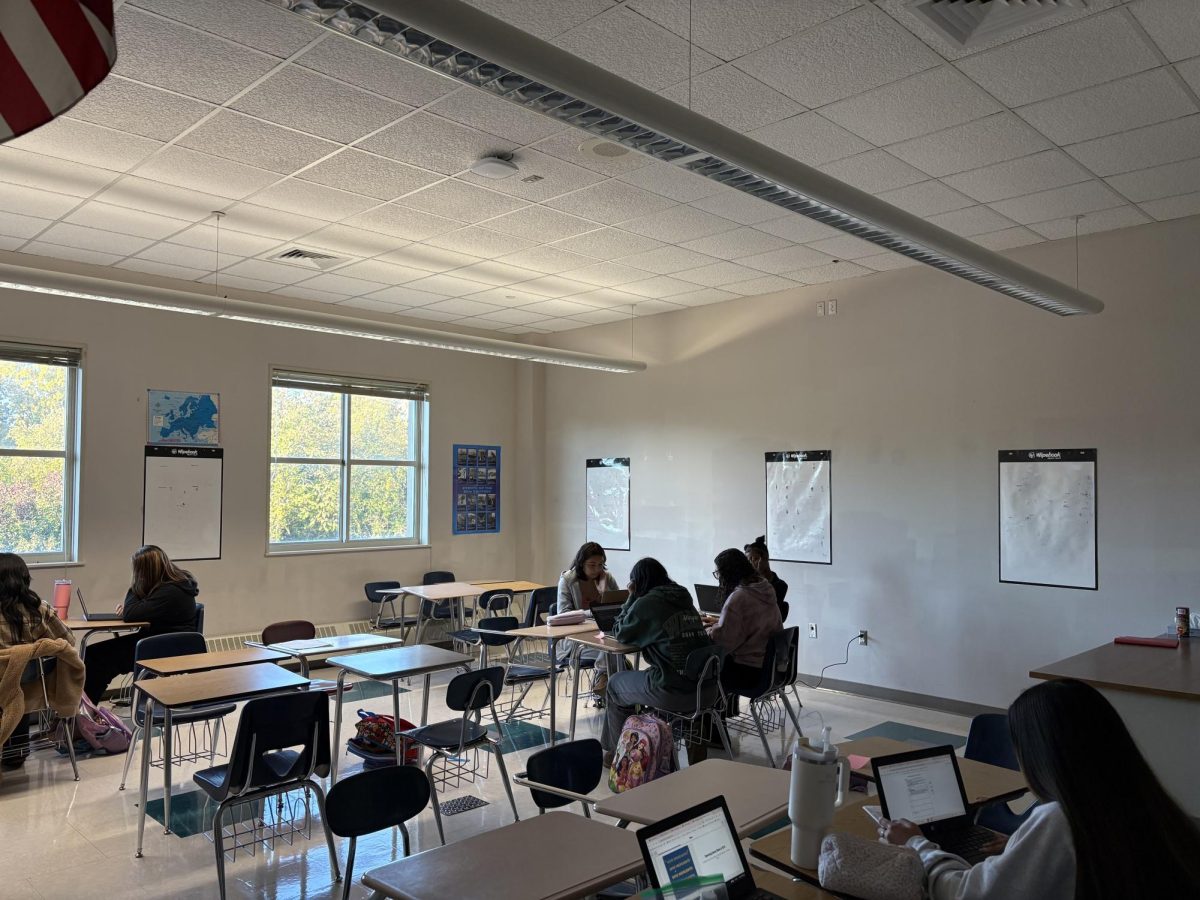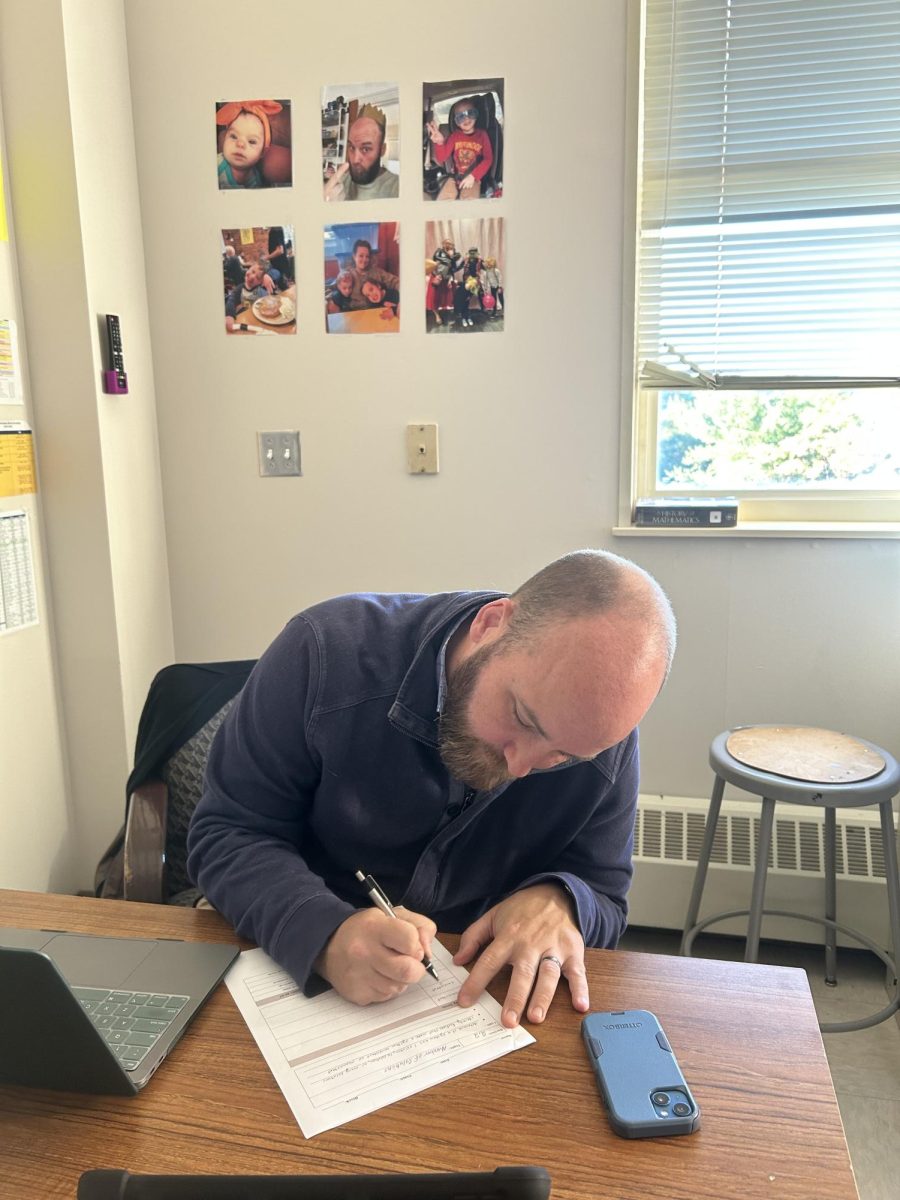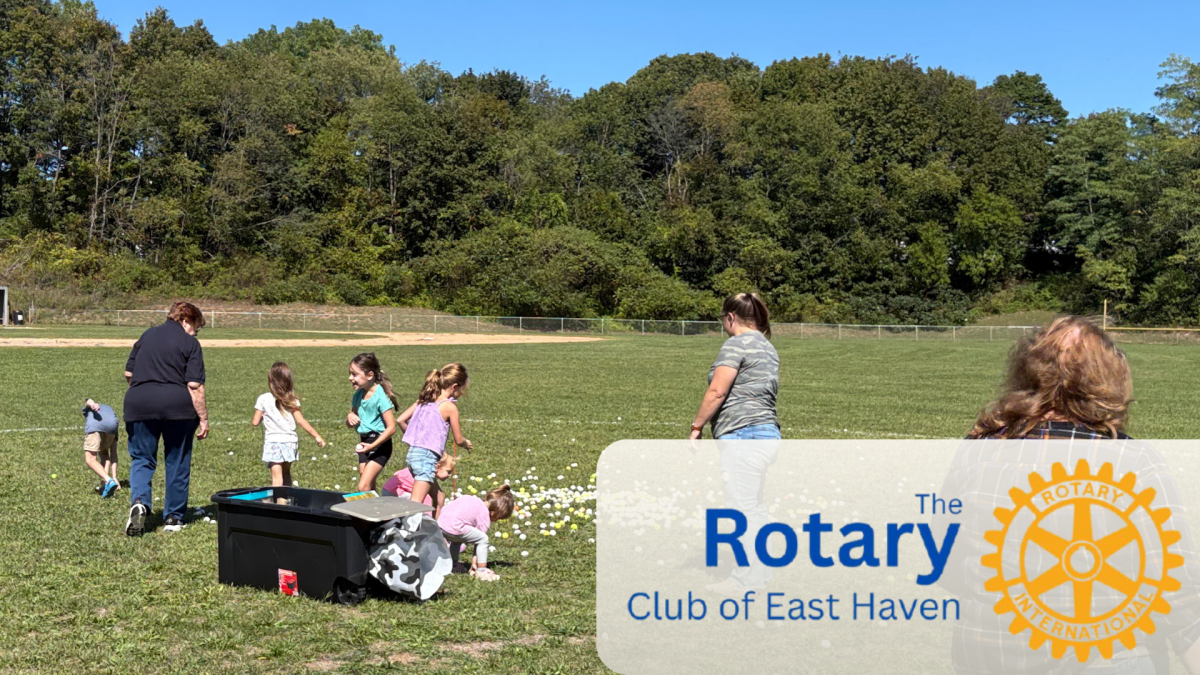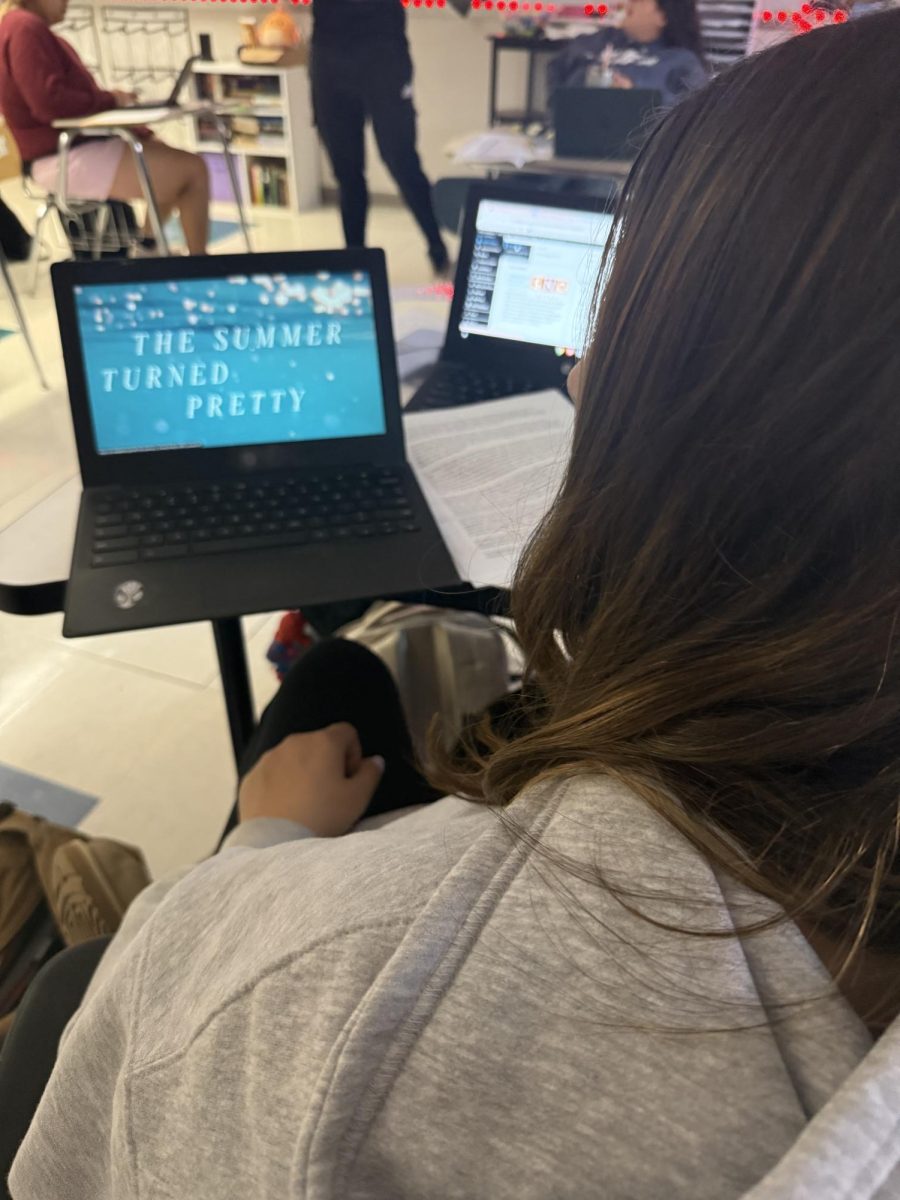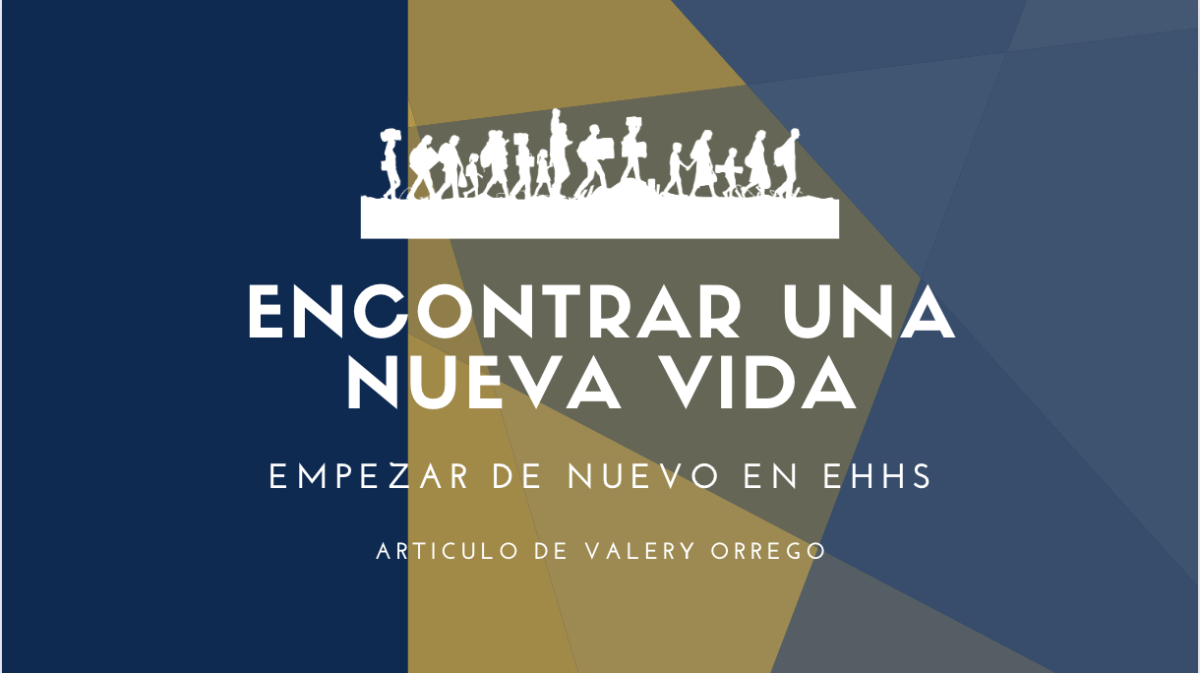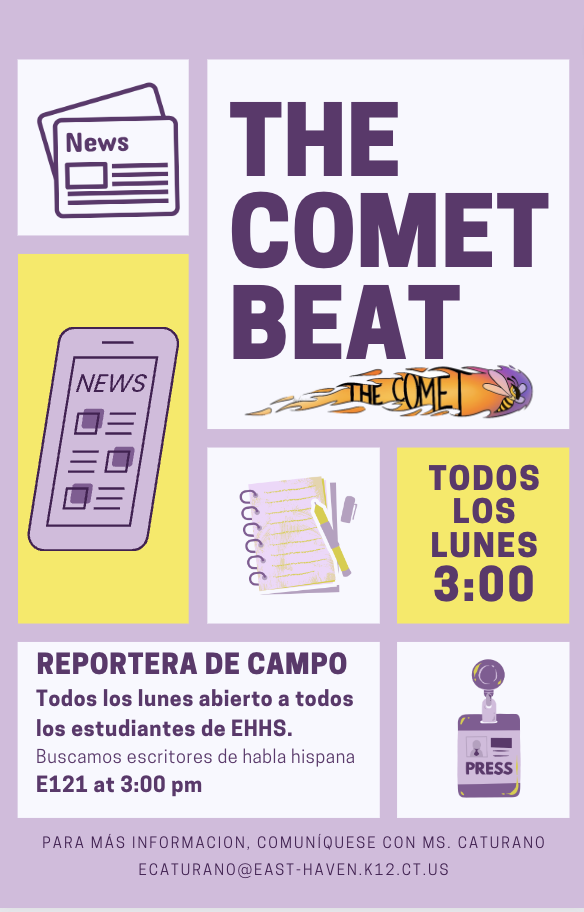At EHHS, professional development, or as English Instructional Leader Mrs. Lisa Veleas and Social Studies Instructional Leader Dr. Joe Marangell prefer to call it, “professional learning,” is a strategy for giving paraprofessionals and educators the chance to keep learning and developing in different ways. When discussing the benefits of professional learning, Dr. Marangell says, “I also like the idea that it can be different for everyone, because everyone’s in a different place professionally. So professional development can be tailored to where you are in your career and what your needs are.” In the ever-evolving landscape of education, the spotlight is turning towards the profound benefits of professional development for high school teachers. Recognizing the pivotal role educators play in shaping the future, investing in their continuous growth yields not only academic excellence but also cultivates a vibrant and innovative learning environment.
High school teachers engaged in professional development initiatives gain access to the latest teaching methods, technological advances, and relationship building. This ensures that they stay ahead of the curve, providing students with a dynamic and relevant educational experience. The ripple effect of well-equipped teachers is felt in classrooms where teachers spark curiosity and inspire a thirst for knowledge. Mrs. Veleas noted, “[Professionals] need to grow and adapt to changes, whether they’re physical changes in a school or changes and new learning that we find out about students and brains learning and content. [It’s] really about the evolution of the profession and all the parts of the profession, [and] adapting to that change with a growth mindset.”
Beyond updating teaching methods, professional development empowers educators to tailor their approaches to diverse learning styles. Workshops and seminars offer insights into effective classroom management, differentiated instruction, and personalized learning strategies. Armed with these tools, teachers create inclusive environments that cater to the unique needs of each student, fostering a culture of academic success. Dr. Marangell states,
“[The] most popular professional development days are usually menu-style days. So the way those look includes different sessions that are provided for teachers to sign up for, and typically, teachers and administrators are present on those days. And sometimes we have outside people who can come in to present and [it’s almost] like a conference where we give a set of offerings, and then people [sign] up for what interests them the most. And then they go to three sessions over the course of the day of [professional development]. Sometimes the district will have a speaker that’s a part of it that everybody will listen to.”
Story continues below advertisement
Furthermore, professional development opportunities serve as a platform for teachers to collaborate, share best practices, and build a supportive professional network. The exchange of ideas and experiences enhances their teaching repertoire, allowing for a cross-pollination of innovative strategies. This collaborative spirit contributes to a positive school culture where teachers are not only mentors to students but also to each other. Mr. Fernandez personally feels that “I like the idea of having [EHHS] teachers present because sometimes when you get [outside] presenters for professional development, it doesn’t feel relevant. It doesn’t feel practical. It’s more philosophical, or because philosophical is what I’d say. I think when we have teachers do it, they’re often doing practical things.” Having EHHS teachers share their knowledge on professional learning days allows our EHHS staff to more readily take the information that they’ve learned and implement it in their own classrooms and immediately impact their students who are ready and willing to learn.
As the education system continues to embrace technological advancements, professional development days can equip teachers with digital literacy skills. Integrating technology into the classroom becomes seamless, creating an interactive and engaging learning environment. Teachers who are adept at leveraging educational technology open doors to new possibilities, preparing students for the digital challenges of the 21st century.
Moreover, investing in professional development promotes job satisfaction and retention. Feeling supported and valued, educators are more likely to stay committed to their profession, bringing stability and continuity to the educational institutions they serve. This, in turn, positively impacts the overall quality of education and student outcomes. Mrs. Veleas expresses, “[We] try to provide professional learning opportunities that have people actively thinking up on their feet moving around engaged intellectually, giving them opportunities for voice and feedback. [We’re] mindful of that, and if we do that, then we’ve done something.”
Professional development is a catalyst for educational excellence, fostering a culture of continuous improvement. By investing in the growth and empowerment of educators, we lay the foundation for a transformative learning experience that not only prepares students for the future but also inspires a generation of lifelong learners.


